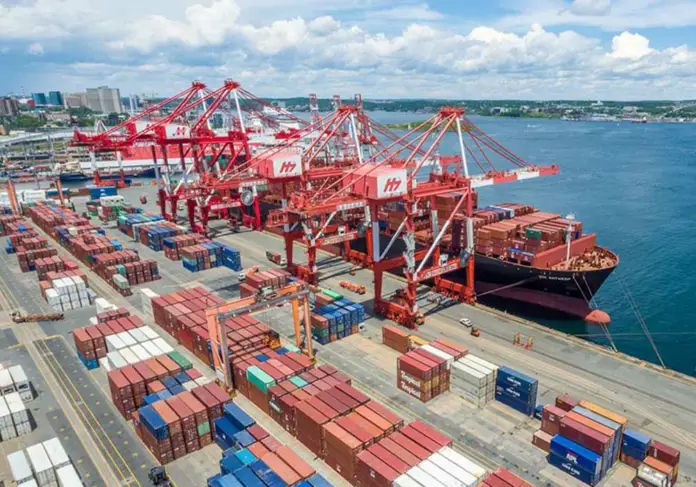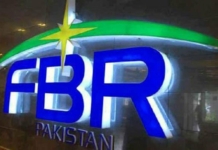The government stated that the country was experiencing economic problems as a result of the delay in completing a deal with the International Monetary Fund (IMF), despite forecasting further increases in inflation and a slowing of the economy.
The economic advisory division of the finance ministry also stated that high inflationary hopes have begun to be fueled by political uncertainty in its monthly outlook report.
In its monthly ‘Economic Update & Outlook’, the ministry stated that recent political and economic concerns were raising inflationary expectations and that “inflation may further jack up as a result of a second-round effect.”
Sensitive Price Indicator (SPI) data from last week showed a record-high short-term inflation rate of 46.65 percent, while the Consumer Price Index (CPI) showed monthly inflation of 31.6 percent in February, the highest level in 60 years.
However, in the most recent reading, which was announced on Friday, the SPI marginally slowed to 45.36 percent. Soon, the March CPI number is anticipated.
The ministry explained that market tensions brought on by the relative demand and supply imbalance for necessities, exchange rate depreciation, and a recent increase in the administered prices of petrol and diesel were all contributing factors to the expectation that inflation would continue to be high.
However, output losses—particularly those of important crops—have not yet fully recovered due to the lag effect of floods.
It added that “another likely explanation for rising price levels is the political and economic instability” as a result of the shortage of essential products.
Also, because of the increased economic uncertainty brought on by the stabilization program’s delay, inflationary expectations have continued to be high.
The study additionally found that because the wheat output is heavily reliant on local weather conditions, as was the case last year, the early heat wave and delayed rains predicted by the Pakistan Met Office for April and May might have a negative influence on wheat production.
The finance ministry presented a bleak picture of the economy while withholding its inflation forecast number for the previous month. It claimed that the Monthly Economic Indicator, a tool used to forecast economic development based on past and present data, has slowed down even more.
Additionally, according to the report, the overall cost of the PM’s free wheat flour support was close to Rs100 billion, including Rs15.6 billion that the government of Sindh was distributing through a favored tailored method under the Benazir Income Support Program (BISP). Punjab will provide a rebate of Rs64 billion for wheat flour, and Khyber-Pakhtunkhwa will receive an untargeted payment of Rs19.7 billion.
According to the finance minister, inflation in March “may remain in the upper bound as observed in February, when it was 31.5 percent.” The market anticipates that inflation will soar to 36 percent despite the minister not providing a number this time. This is because of a number of unfavorable measures.
According to a cautious internal estimate by the finance minister, March’s inflation rate was around 34 percent. “Potential reason of rising price level is political and economic uncertainty,” the finance minister stated.
The minister added that the pains were getting worse as the IMF plan was being delayed. According to the study, inflationary forecasts have continued to be high because of the economic hardship brought on by the stabilization program’s postponement.
Despite its own mistakes, such as the fuel subsidy and efforts to directly borrow from commercial banks, Pakistan has been working hard to restart the $6.5 billion IMF plan that has fallen apart.
Even the contractionary monetary policies were failing to keep inflation in check, according to the finance ministry. The ministry expressed its displeasure with the central bank’s strict monetary policy by stating that “inflationary expectations are not settling down, despite the SBP’s contractionary monetary policy.”
In its most recent monetary policy decision this month, the SBP raised the policy rate by three percent to 20 percent.
Compared to the same period last year, the budget deficit for the first seven months of the current fiscal year was kept to 2.3 percent of GDP. According to the study, mark-up payments accounted for the majority of the 10 percent increase in total spending, growing by 73 percent as a consequence of increased servicing of both domestic and international debt due to higher interest rates.
On the other hand, non-mark-up expenses fell by 26 percent as a result of a substantial decrease in grants and supports.
The government is attempting to keep the current account imbalance within reasonable bounds through demand management policies, which won’t put additional strain on depleting reserves, it was noted.







